- Đăng bởi: Phan Nguyễn Audio
- Chuyên mục: News

LOOKING FOR MICROPHONE?
In any karaoke system, the microphone is an indispensable device. There are hundreds of different microphones on the market. Therefore, the quality of the microphones is difficult to compare.
The function of the microphone is probably well known and easy to use. You can easily buy the microphone at the store of audio equipment, computer center … from very cheap to very expensive.
Some customers buy microphones very high demand such as: modern technology, anti-howling, suction, battery (for wireless microphone), …. Some other customers are interested only ” Sing out “is okay. Therefore, Phan Nguyen Audio will introduce, guide you to learn, use the main function, the most basic of a microphone. Thereby, you can buy and use the microphone more effectively.
1. Classification
There are two main types of microphones:
- Micro dynamic

- Micro condenser

Each type has its own function and application, you can find out more 2 of these microphones here.
2. What is the Polar Pattern?
- The direction of the microphone determines which direction the acoustic input of the microphone is. 2 types:
- Omnidirectional: This type of microphone can absorb sound waves in all directions around the microphone: left, right, front, back … meaning instead of holding the microphone facing your mouth when singing. You can also skip left and right, but the microphone can still catch the sound.
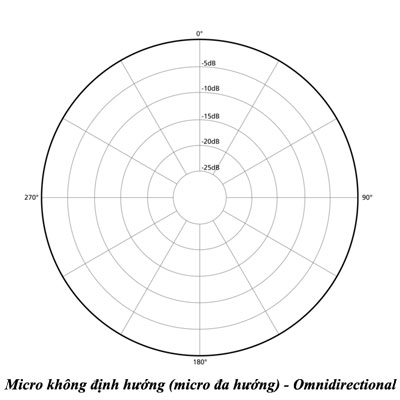
- Unidirectional: This type of microphone only suction the sound in specific directions, which are clearly noted on the technical sheet accompanying the product.

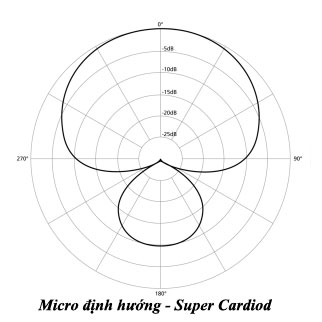
- Cardiod and Super Cardiod
- Cardiod: Suck the sound in front and around.
- Super Cardiod: Sucks the sound in front, around and a little behind.
- Short gun: It almost sucks the sound in front but it sucks so far.
- Long gun: Same as short gun, but it’s far fetched.
3. Quick comparison between directional microphone and non-directional microphone
- Directional microphone:
- Suck the whole sound of the surroundings.
- It is easy to say howling, hissing.
- Equalizer should be adjusted to suit different environments.
- Often used for the type of microphone set for the actor.
- Non-directional microphone:
- Can control the negative direction of the microphone, avoid the intake of feedback sound.
- Also howling, hissing but less.
- No need to align EQ.
- Used for singers, presenters
4. Sensitivity of the microphone
The sensitivity of the microphone indicates the intensity or magnitude of the audio signal that the microphone can capture. The more sensitive the system gets, the less Gain and Volume on the mixer, the amplifier, and the amplifier, which means that the headroom can be saved from medium to large. max sound).
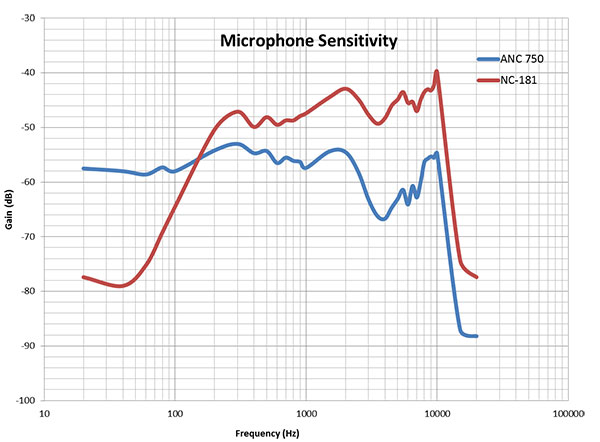
The sensitivity of the microphone is measured in dB, with two criteria:
- Standard 1: 0 dB = 1mW / pascal
- Standard 2: 0 dB = 1mW / microbar
Standard 1 is always 20dB above standard 2. With the same standard, any microphone with a greater sensitivity value means that the microphone is more sensitive.
5. Frequency Reponse
The Frequency Reponse parameter represents the frequency range that the microphone can receive or transmit. This parameter is also available in speakers and some other devices. It can be understood that the highest and lowest sound frequencies that microphones can capture and play. The microphone has a wider frequency range, meaning that the microphone exhibits deeper bass (warmer) and produces a higher sound (the treble is brighter).
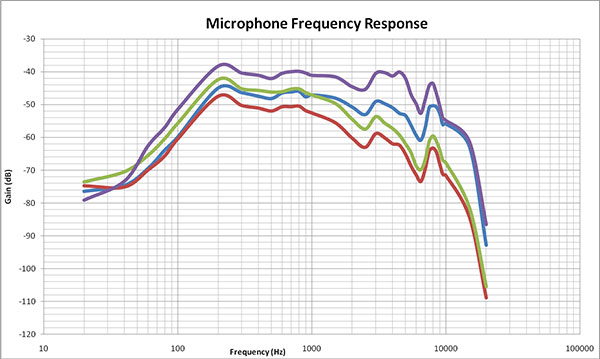
Most manufacturers now specify this at 20Hz-20KHz, which is the frequency range that human ear can hear. So we can only verify this by directly testing each specific type of microphone.
6. Impedance of the microphone
Micro is manufactured with two types of impedance:
- High Frequency (Hi Z): Usually cheap microphones, with a total output of over 2000 Ohm. These types of microphones usually use unbalanced signals, using a 6-pin jack. The unbalanced signal should only last less than 10 meters, if more disturbances are present, noise buzzing, treble sounding much worse.
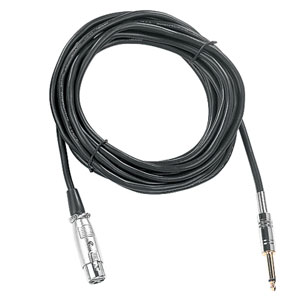
- Low Resistor (Lo Z): Appears in relatively better microphones, with a total of less than 1000 Ohm. Low-impedance microphones usually use a Balanced Signal Line (three-conductor), an XLR (jack canon) jack. Balanced signal will be stable, no noise, noisy sound, treble sound better.

7. Proximity Effect
This effect is in all types of micro dynamic (dynamic micro): the more you put the microphone away from the source, the greater the sound, but the bass – bass – of the microphone will fall more is the loudness of the sound. That means that the midrange, high-pitched bass will not drop evenly but the bass will drop a lot more than the midrange and high.

This effect is not present in the condenser microphones, when the microphone away from the source, the sound is small, but not lose bass. So microphones used for speech, speech as the goosenry microphone placed on the podium as in the church, the conference room will usually be micro condenser.
8. Compare fast micro dynamic and condenser microphone
| Micro Dynamic | Micro Condenser |
| Do not use Phantom power (on the mixer) or battery | Phantom power or battery powered |
| Microphone sizes are as common as conventional ones | They are usually smaller in size, can be set up or set |
| Low sensitivity | High sensitivity, better suction |
| Limit frequency range (usually 50Hz-16KHz) | Balanced Frequency Range (20Hz-20kHz) |
| Loss of bass when leaving the microphone | No bass sounds at all |
| Polar pattern and bandwidth can not be changed on the microphone | Modified polar pattern and frequency range on the microphone |
| Sounds sweet, soft | Sounds honest |
| Application for singers, singing is mainly | Mainly used for recording, presentations, chorus |
The above is the knowledge of the microphone that you need to be equipped to buy yourself a set of microphones like the most. If you have any questions, please contact PHAN NGUYEN AUDIO at Hotline: 1900.0075

